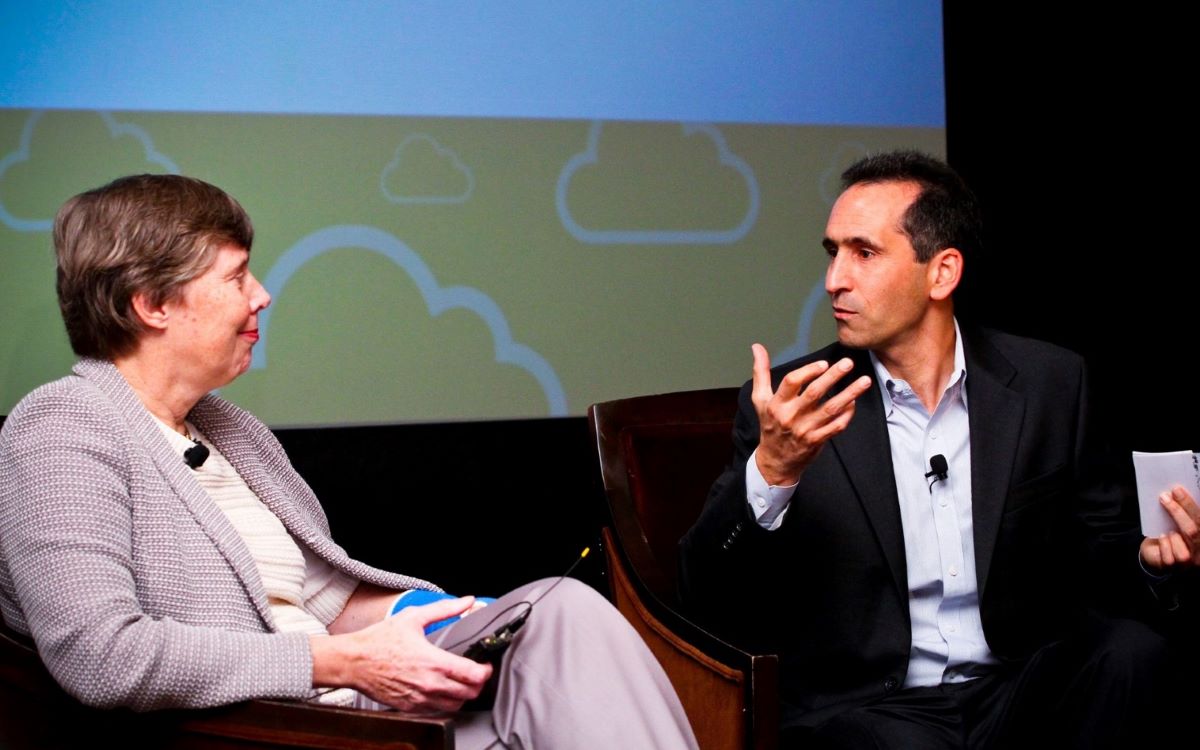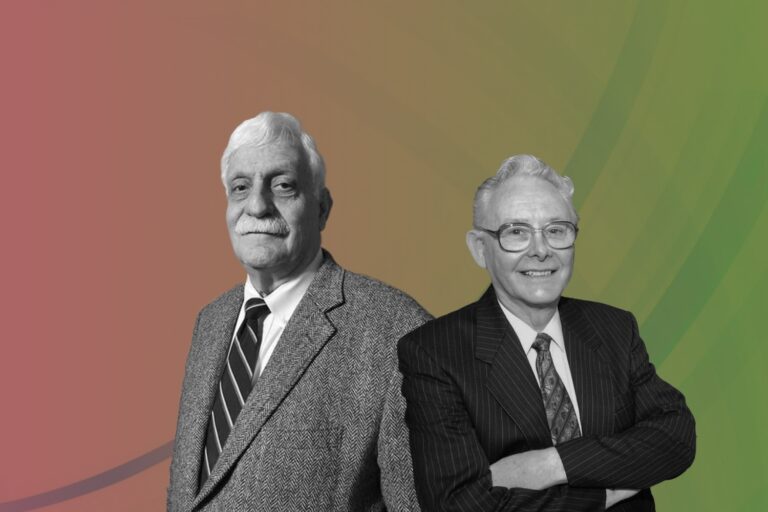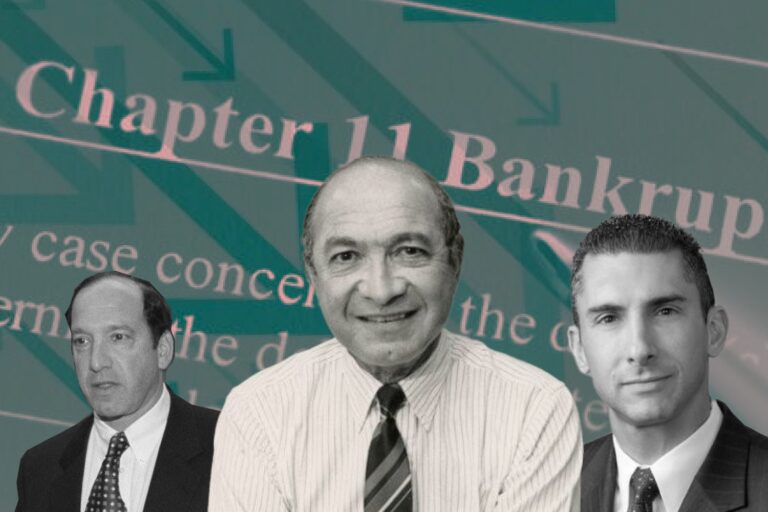From Kitten to Lion: Veeva and Its Path of Cloud Movement in Pharmaceutical Space
Founded in 2007, Veeva Systems becomes one of the most profitable SaaS companies and a poster child for the vertically-focused industry cloud sector, delivering CRM and other products to the life sciences industry, with customers ranging from leading pharmaceutical companies to biotech startups. Its unique ecosystem of products enables medication developers to collect data and make decisions more quickly, thanks to streamlined research to commercialization approach.
Veeva’s success to date has been predicated on focusing on a single market and providing a platform that has quickly become both a market leader and a model for other sector cloud startups.
No Model to Follow in a Niche Market
Veeva Systems has created an all-in-one software solution for firms of all sizes to bring products to market faster and more efficiently while ensuring compliance in the complex life sciences industry. Meeting regulatory regulations and properly commercializing products can be difficult for drug developers. Veeva was born to assist them and help life science companies achieve success and meet their goals.
Targeting a well-defined market that no one is paying attention to is an excellent idea. It’s pointless to try to target obvious markets with obvious products because that’s what most people would do. This is why certain industries, such as restaurants, fashion, and technology, are prone to failure.
“You won’t know if it’s correct until later, but if you can’t write down, ‘This is what I’m making. This is who I’m going to sell it to. This is roughly how many people I can sell it to and this is roughly the price I want to get,’ then you don’t have a clear market,” said Gassner. “It’s possible to know if you have a clear market, and correct, I don’t worry about because it’s impossible to know.”
Within the healthcare industry, while most cloud-computing companies have a diverse group of customers, often to help insulate against economic uncertainty, Veeva focused on life sciences from the very beginning. The company believes that it has promising growth drivers that could continue its trend of robust revenue growth, allowing the company to thrive.
“There was no model to follow for how you have an industry-specific cloud company, so we made that model,” said Peter Gassner, the founder and CEO of Veeva, who pioneered the industry cloud category with the belief that vertical cloud software would be the next wave of cloud innovation.
Although Veeva’s vertical approach to software-as-a-service could appear limiting, the company’s focus allows it to have deep knowledge of strict regulations in the life-sciences industry. According to Gassner, Veeva is able to meet IT needs that larger, legacy systems can’t. The company’s clients are attracted to its cloud nature, they want to migrate to the cloud since it’s a more efficient model, and they need industry-specific cloud computing.

The Visionary behind the Company
Gassner has been at the forefront of every significant revolution in enterprise software in his more than 30 years of experience at prominent technology organizations. He got his first work as a software developer at IBM after graduating from Oregon State University with a degree in computer science in 1989. He joined PeopleSoft at the age of 30 because he was interested in software applications.
Despite a highly successful career, Gassner grew tired of dealing with increasing M&A activities at PeopleSoft and wanted to get back what he always loved doing, which is product innovation. As a result, he joined Salesforce in 2003, going from managing 500 people to managing 4 people.
Cloud computing was gaining popularity in the commercial world in 2006. Gassner was well aware that cloud computing would be the next big thing, but he didn’t want to build a cloud company that focused on horizontal tasks like accounting and payroll. As a result, he chose the pharmaceutical business, believing that drug companies would require an industry-specific cloud solution due to the high cost of updating and maintaining on-premise software. Following that, he and Matt Wallach co-founded Veeva Systems.
When it comes to how to know what’s the right time to decide to make something big and different like starting a brand-new company, Gasser said, “Is it worth your time? You have to realize when you do that, you’re breaking apart your production processes from your company processes, and that’s super, super, super hard. It took Veeva about three or four years, and it’s just persistent effort and a lot of times you can fail at that, so really realize that when is the right time to become a real multi-product company?”
Without a doubt, Gassner himself was a key visionary force behind three of the industry’s most successful enterprise application platforms. Besides, he’s also known as an advocate for corporate social responsibility, customer success, and employee success. Under his leadership, Veeva has been widely recognized as one of the world’s top growth companies, including the Fortune Future 50, Forbes Fast Tech 25, and Fortune 100 Fastest-Growing Companies.

Take on Entrepreneurship without Following the Herd
Gassner is a big believer in going against the grain and not following the crowd. While it’s scary to look outside the box, it’s helped him turn Veeva into the biggest vertical SaaS success story of all time. His insistence on thinking about the very near future, which we will address later, is one such example.
“Part of it is just how I was born. I never liked to follow the herd. I probably frustrated my parents at times about that,” he said. “I remember coming back in first grade and telling my parents, ‘I don’t want to learn how to read. I don’t think I need to,’ literally. My mom, bless her heart. She said, ‘That’s fine. You know, I never met an 18-year-old who didn’t know how to read. I’m sure you’ll get there’,” he added.
If you take this ability to not follow the herd and the experience, you can spot trends. When you think about it, when a trend is early, everybody thinks you’re wrong. That’s what it means to be early. Although being the first mover is the most challenging part of entrepreneurship, Gassner has shown a knack for doing that.
“I’ll give a little example of Veeva. I had always done general software things, database software, mainframes, PeopleSoft, run that technology groups, Salesforce platform for everybody. In 2007, I had this idea, I’m going to make something very specific to an industry, very specific to an industry in the cloud. I remember sitting down with this friend. We actually drew on a napkin, a paper napkin,” Gassner shared.
In one interview, he gave his best advice to entrepreneurs out there, “Don’t follow the herd. Who are you trying to be like? I’m not trying to be like anybody. When trends are early, everyone thinks you are wrong. When 99 out of 100 people think your idea is bad, that’s where you have an opportunity. Don’t be discouraged. Combine all this with experience and you can win.”
Becoming the CEO Was Not a Plan
“I specifically didn’t want to be a CEO. That’s the real story there. I retired a little bit after Salesforce. I didn’t want to be a CEO. I was a software developer, a product person. I thought ‘that’s the most creative thing to do’. That’s what I wanted to do. It happened to be I ran into some folks who wanted to fund me. I thought, ‘Well, that’s good. I can be the head of the products and the CEO.’ Most startups fail, so I don’t have to worry about it,” Gassner said.
As he thought, it was going to happen, but then the unexpected happened. It turned out that they didn’t fail, the business really started going. And at that time, Gassner realized that he seemed to really enjoy being a CEO simply because he’s pretty good at it. Then, he started feeling that he can improve himself enough to remain the CEO. It was never a plan.
“I’m competitive. I like to do a good job. You feel responsible for your employees. I’m a hard worker. Most entrepreneurs are. I knew the likelihood is it wasn’t going to work, but I knew it wasn’t going to be because of lack of effort,” Gassner claimed.
4 Important Takeaways for the Insiders

#1. Adjust Plan with Growth
In addition, Veeva never had a long-term plan that extended beyond 90 days in the company during its first year in business. Instead, it had quarterly plans, for the first year and a half of the company. Veeva’s long-term vision came into play as the company grows.
“In the first year, I only had quarterly plans. Why bother when you could be out of business? In the second year, plans became annual. Only now after 10 years, we do have a five-year plan. Everything else is wasted effort as you must prove you can deliver short term first,” Gassner said. “It’s irrelevant. Six months from now, we could be out of business. Why do you even want to think about that or talk about that?”
Instead of pursuing expansion at any cost, try to establish profitable growth. In the tech world, there’s a widespread belief that you have to spend millions, if not billions, of dollars to gain a certain market share before you can start making money by raising pricing.
#2. Build Engaged Teams
“I like the execution part. It starts with picking those clear and correct target markets. That’s number one. As you scale, as you get to about 150, 200, 300 people, past Dunbar’s number, past the number of people that you can know, it’s this engaged teams working together. That’s a core. You’ll hear everybody at Veeva saying that, engaged teams working together,” Gassner said.
How do I know in my company who’s supposed to do what and this culture of managers? “I trust that other team. I manage my team,” which is counterintuitive. People want to say, “Hey, I got my team. I got my team.” However, Veeva rails against those words.
Gassner recommended the way of thinking, “That is not your team, that is the team that you manage. My head of sales is not on the sales team. He’s on my team. He trusts the services team, but he manages his sales team. These engaged teams working together is really key.”
#3. Sell Your Passion First
“At times of challenge when you don’t have a brand, sell yourself and your passion first. Try to get the right value vs. the most value. Not knowing the value is not OK and it starts with the CEO. Are you going to make something that’s great? Don’t give it away. The better your team, the more you should anchor high. The price you set for your product establishes how good the product is. If you have customers paying a premium, your team will be able to justify the additional effort to make sure everything works. I can’t accept anything with the product being wrong because it’s a premium product that demands the highest quality,” Gasser shared.
#4. Be Frugal with Financing
Gassner only has enough money to acquire the top talent and send the first product to a significant customer as quickly as feasible. This may sound counterintuitive, but having too much money is arguably the most dangerous thing for a startup.
“You need enough money to hire some great people. Get to a dozen great people as quickly as you can and then worry about what comes next. We raised $7 million but only used $3 million. VC’s pressured us to spend more and said I ‘just didn’t get it, was too conservative.’ But I didn’t feel that extra spend would help. Don’t waste any money on hiring. Be frugal. Get the product out quick, and sell it for a good price to as big a customer as you can,” he said.
The Bottom Lines
Under Gassner’s leadership, Veeva wins on an industry no one is paying attention to. Now we know that it requires much effort to turn a startup into a wildly successful enterprise, from which you as an entrepreneur, can learn a lot for your own business.









